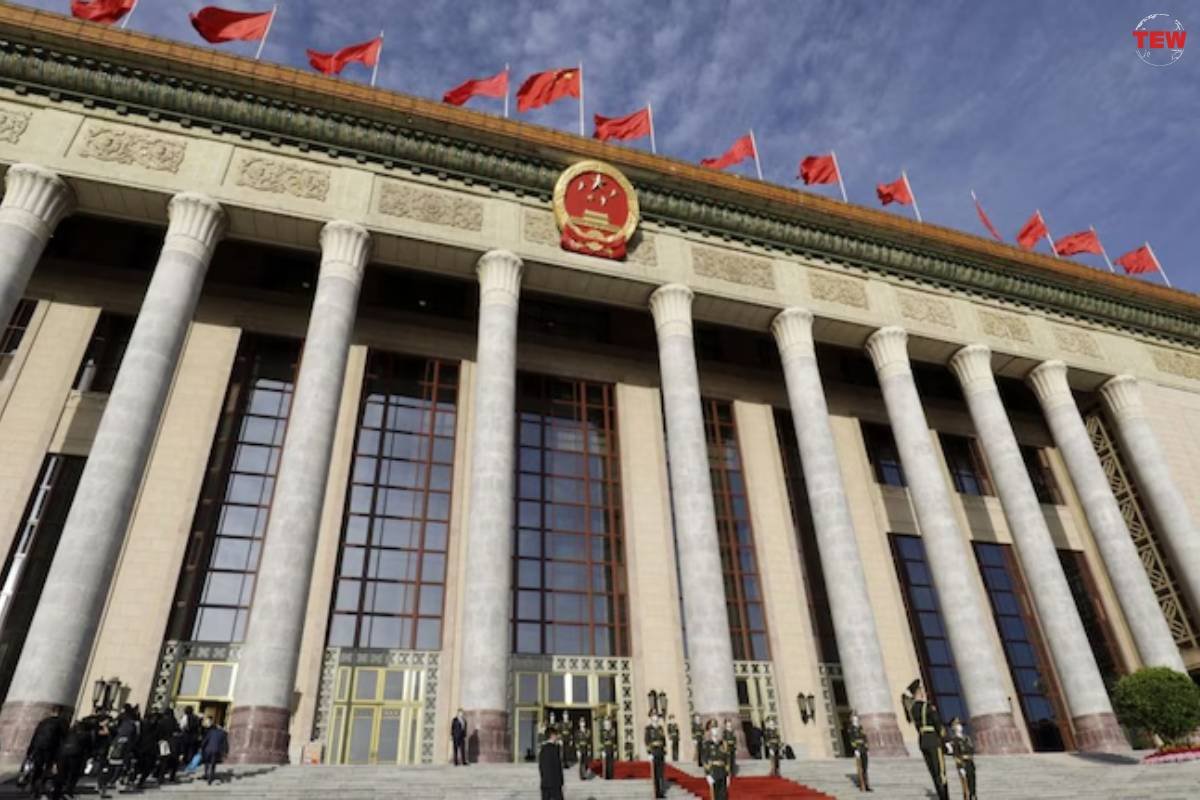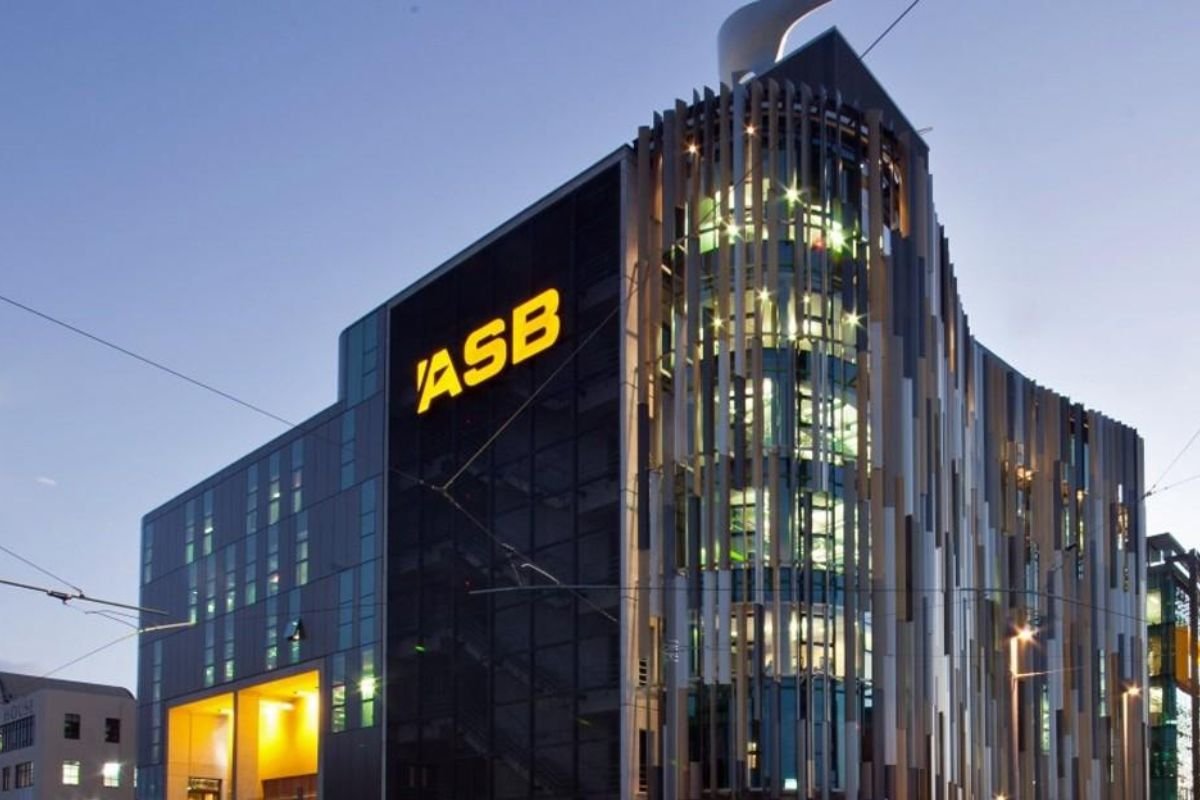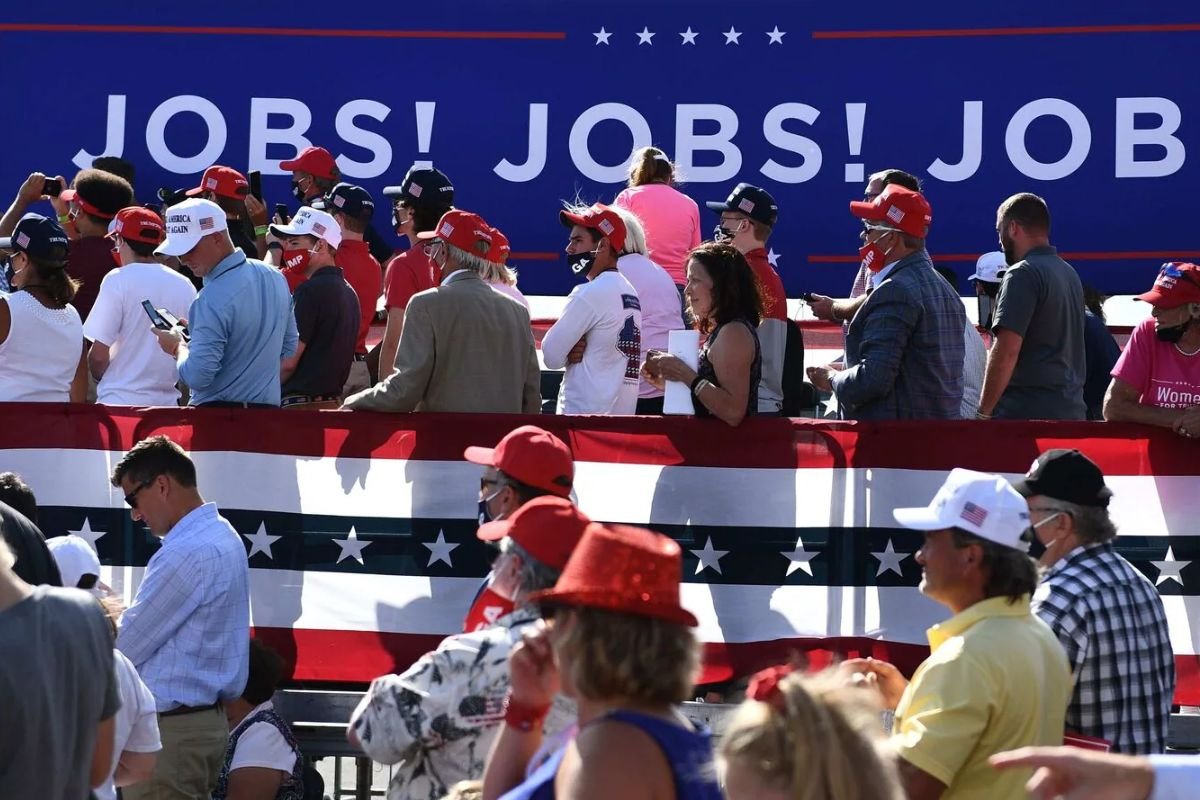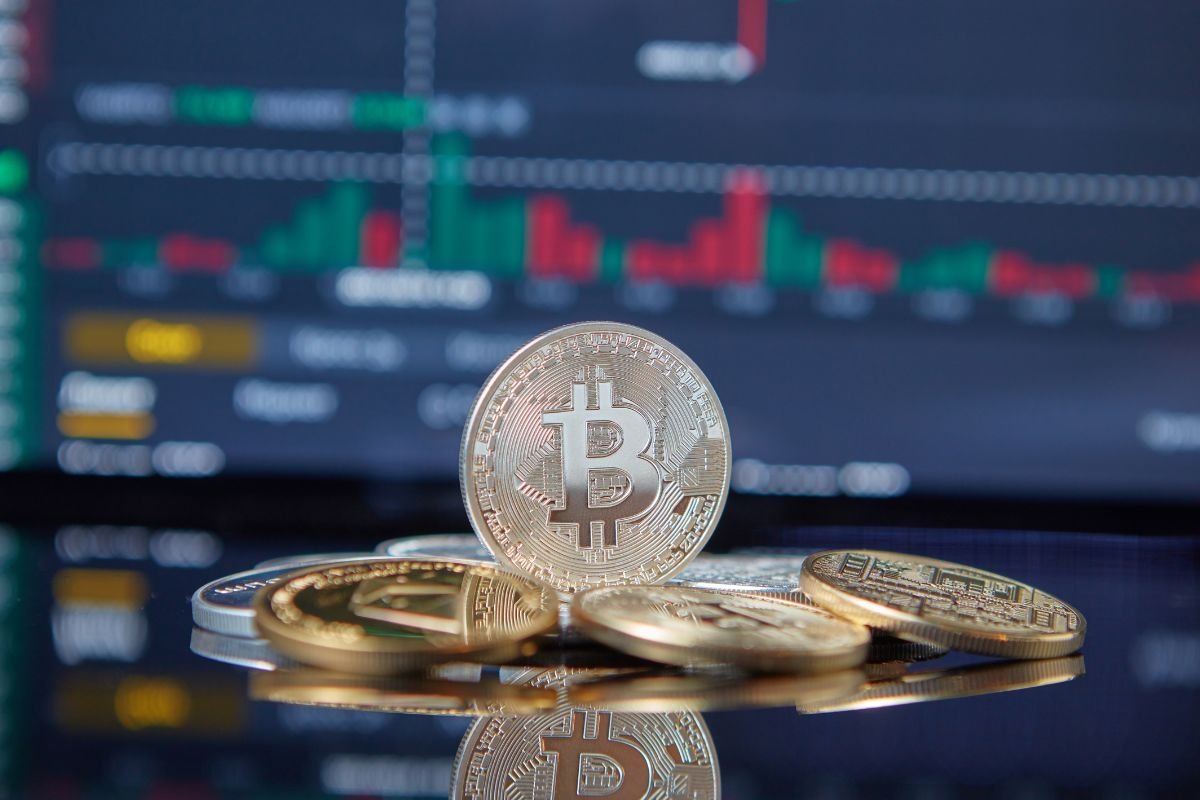PBOC Takes Bold Step with Largest Rate Cut Since 2020
In a surprising move aimed at bolstering its slowing economy, China has announced a significant cut to its key one-year policy rate. On Thursday, the People’s Bank of China (PBOC) reduced the lending rate for one-year medium-term policy loans by 20 basis points to 2.3%. This marks the most substantial rate cut since the onset of the COVID-19 pandemic in 2020, signaling the central bank’s heightened efforts to stimulate economic growth.
The rate on 7-day loans was also lowered to 1.7%, part of a broader strategy to address the economic downturn. Major state-run banks have responded by cutting deposit rates, with the rate on one-year fixed deposits reduced by 10 basis points to 1.35%. This adjustment, reported by Xinhua News Agency, follows three previous reductions in deposit rates last year and represents the first cut for 2024.
Challenges and Economic Impact
While the One-year Policy rate cuts aim to ease financial pressures on banks, experts argue they may not significantly boost consumer spending, which is crucial for economic revival. RaboResearch noted that reduced deposit rates are unlikely to encourage increased consumer expenditure. Instead, savers might opt to save more to maintain their returns, potentially stifling economic activity further.
China’s economic growth slowed to a 4.7% annual rate in the last quarter, down from 5.3% in the earlier part of the year. The country’s financial markets also reflect this uncertainty, with Hong Kong’s Hang Seng Index dropping 1.8% and the Shanghai Composite Index falling by 0.5%. These declines follow a broader downturn in global stock markets, with Chinese shares particularly struggling.
The recent rate cuts are part of a broader policy shift following a key Communist Party meeting last week, which outlined ambitious long-term economic reforms but lacked immediate stimulus measures. Nicholas Yeo of abrdn noted that the focus on both long-term goals and short-term targets is a positive sign of the authorities’ recognition of the need to address sluggish economic growth.
Enhanced Subsidies for Electric Vehicles and Consumer Goods
In addition to monetary policy adjustments, China is ramping up its efforts to invigorate the economy through increased subsidies for electric vehicles (EVs) and energy-efficient appliances. The National Development and Reform Commission (NDRC) announced that subsidies for EVs replacing older fuel-powered vehicles will be raised to 20,000 yuan (approximately $2,750). Similarly, subsidies for smaller fuel passenger cars will be set at 15,000 yuan (about $2,100), with subsidies for trucks averaging 80,000 yuan (around $11,000).
The NDRC also unveiled plans to extend subsidies to new energy-efficient appliances, including refrigerators, televisions, washing machines, air conditioners, and water heaters. These subsidies will cover 15% of the sales price, up to 2,000 yuan (about $275). Additionally, the program will support the replacement of old ships, trucks, tractors, and other equipment, with significant investments planned for recycling programs and infrastructure to manage the increased demand for new products.
This push aligns with China’s ongoing focus on the One-Year Policy of green technology and environmental sustainability, even as global scrutiny on state support for the auto industry rises. By investing in these sectors, Beijing aims to stimulate consumer spending and revitalize economic growth amid ongoing challenges in the property sector and broader economic landscape.
Also Read : The Enterprise world





